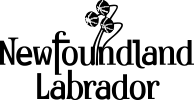
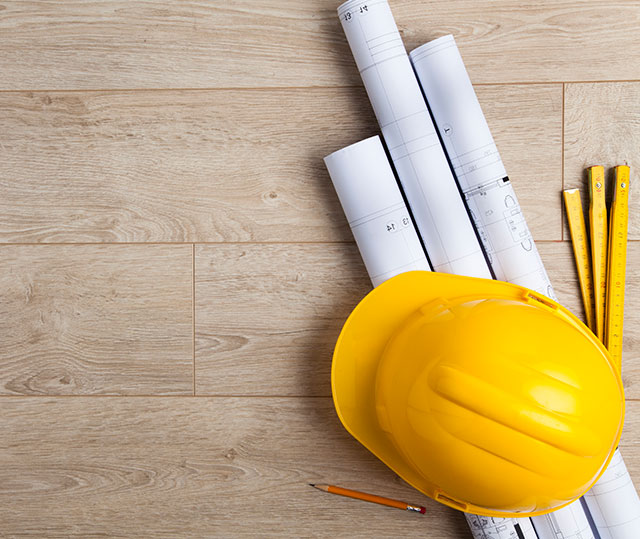
Codes, Standards, and Certifications
Homes and buildings in municipalities throughout Newfoundland and Labrador must meet the requirements of the National Building Code of Canada.
In this Section
Codes, Standards, and Certifications
Homes and buildings in municipalities throughout Newfoundland and Labrador must meet the requirements of the National Building Code of Canada. In 2012, this code was updated to include energy efficiency requirements for houses and small buildings (i.e. buildings with a footprint smaller than 600m2 in area and less than four storeys). Examples of these requirements include increased insulation and air tightness requirements, as well as more efficient windows.
In addition to these requirements, there are a variety of voluntary codes, standards and certifications that can help you build, renovate and operate buildings in the most energy-efficient and environmentally sustainable manner. Information on four such systems is provided below.
National Energy Code for Buildings
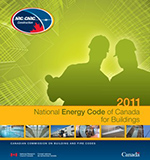
The National Energy Code for Buildings (NECB) provides minimum requirements for the construction of energy-efficient buildings. It applies to new buildings that have a footprint greater than 600m2 in building area or greater than three storeys. The code outlines requirements relating to the building envelope, HVAC equipment, electrical power systems and motors, lighting and service water heating. While following this code has not yet been made mandatory in Newfoundland and Labrador, it is a useful reference for constructing energy-efficient buildings. Visit the National Research Council's website for more on the NECB.
LEED Canada
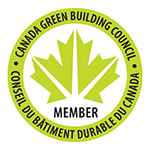
Leadership in Energy and Environmental Design (LEED) is one of the premiere rating systems for the construction of sustainable buildings in Canada. LEED promotes a whole-building approach to sustainability, recognizing performance in five areas: 1) sustainable site development, 2) water efficiency, 3) energy efficiency, 4) materials selection, and 5) indoor environmental quality. LEED offers credits under these categories, as well as an additional category focusing on innovation in building performance. Depending upon the number of credits obtained, there are four possible levels of LEED designation: certified, silver, gold and platinum. In Canada, LEED is administered by the Canada Green Buildings Council, a not-for-profit national organization.
BOMA BEST
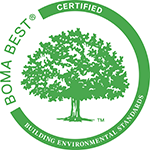
BOMA stands for the Building Owners and Managers Association of Canada. This association maintains an independent certification program known as Building Environmental Standards (BEST). This is Canada's largest assessment and certification program for the energy and environmental performance of existing buildings. BOMA BEST is designed to provide a consistent framework to assess six areas of existing buildings, including energy, water and waste reduction. There are five possible levels of BOMA BEST certification, with Platinum being the highest. For more information, visit www.bomabest.com.
Green Globes

Green Globes is a green building rating and certification tool that is used in Canada and the United States to assess the environmental sustainability of buildings. It is based around an online tool which is structured to be a questionnaire-based, self-assessment that is done in-house by a project manager and design team. The assessment tool is available for the design of new buildings or significant renovation, the management and operation of existing buildings, and the sustainability of interiors. To learn more, visit www.greenglobes.com.
Helpful Resource
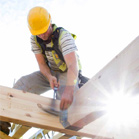
In 2016, the Government of Newfoundland and Labrador released a Guide to Building Energy-Efficient Homes and Small BuildingsThis link opens in a new window to help homeowners and business owners understand and meet the new requirements of the National Building Code of Canada.
In this section
Codes, Standards, and Certifications
Building Envelope
Lighting
Heating, Ventilation and Air Conditioning
Green Leases

